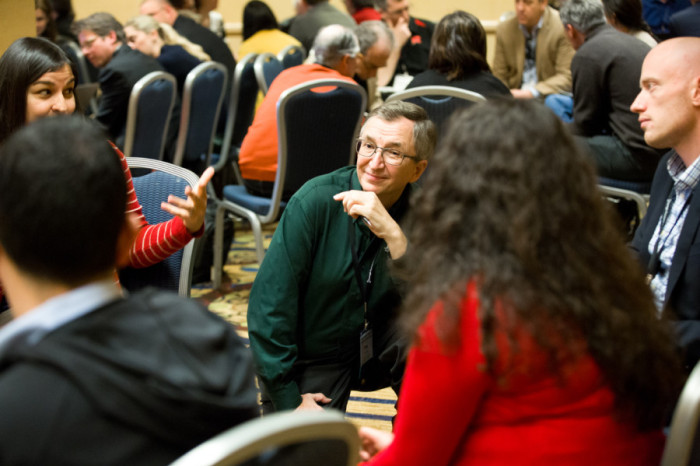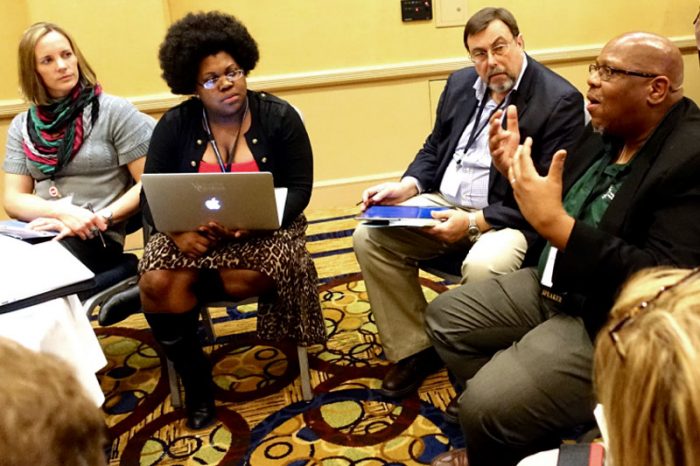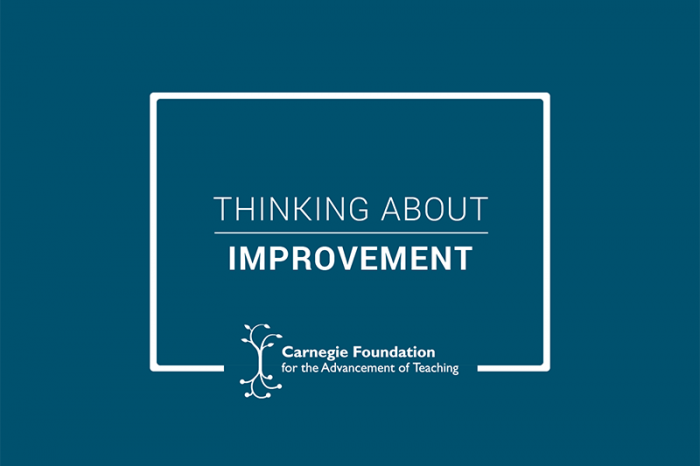As I noted in my inaugural blog post on “Expanding the Conversation about Learning to Improve” we hoped to stimulate a broader conversation about how these ideas may be taken up productively in our field. We recognize that new questions and unresolved issues would inevitably surface as these ideas engage a broader audience. We are grateful for the number of readers who took the time to respond to the inaugural post. It is a positive signal to us about the growing interest in this work.
As I noted in the close to my post, we are also trying to learn our way into how a small operating foundation, such as the Carnegie Foundation, can engage and support an expanding community of interest in education around improvement science and networked improvement communities (NICs). Toward this end, I have taken the liberty of highlighting below two responses that we found especially salient in giving direction/impetus to our work going forward. First the posts, and then my commentary.
“I have dedicated my career to the idea that continuous feedback loops are the key but we need to build this sector’s capacity—top to bottom—to build their muscle and demand for using data to drive decision making instead of just trusting their anecdote and gut which we’ve found is incorrect 80% of the time.”
—Sacha F. Litman, Measuring Success
“I just finished reading Learning to Improve. One of the many important ideas that I drew from the book was the need for an improvement culture. Without this type of culture present, or at least without it in the developing stages, the benefits of applying the six improvement principles will not be fully realized.
As I read about the rigorous processes advocated in the book, my first thought was about the need for formal and informal leaders to inspire others to value improvement and to create a culture that supports this.
One area that could be expanded in your efforts is a focus on how leaders implement improvement science. While the improvement science approach can be focused on one particular problem/project, and need not be implemented across the organization all at once, it would be interesting to hear from those who led efforts that brought improvement science approaches to their campuses. How did they convince those working on specific projects that the effort associated with this new approach was worth it, persuade other stakeholders that the results produced by the process were sound, and diffuse this approach throughout the organization?
Thank you for writing the book and for taking the lead on this important and often overlooked aspect of education. I look forward to learning more and helping in any way I can.”
—Chris Mayer, United States Military Academy (West Point)
Response by Anthony S. Bryk
Interest in NICs and improvement science is growing rapidly. We have some proof of concepts, both in our work and those of others, that these ideas can affect measurable improvements in student learning. We also have vivid personal testimonies that working in these ways has changed how educational professionals think about their work in their classrooms, schools, colleges, and districts and how better to improve it.
The two posts above point to a critical next step. How can current institutional leaders support these kinds of development in their organizations? And equally important, how do we better prepare the next round of leaders as appropriate—teacher leaders, principals, department chairs, relevant specialists, and educational professionals more generally—to lead improvement in their own teams and to coach others as to how to engage productively in such work.
We have begun this year, under the leadership of Carnegie Senior Fellow Louis Gomez, to take a small first step in this direction. We are now engaging with a small group of faculty in educational leadership programs across the country who are interested in bringing these ideas and improvement mentorship into their professional education programs. This has proven to be a critical element in bringing quality improvement to scale in healthcare. We are especially interested in cultivating a similar community of practice in education. If you have ideas to share, or even better yet, an interest in joining with other colleagues in integrating improvement science into professional preparation programs we would love to hear from you.
August 4, 2015
In education, we often talk of confronting complicated problems, when they are truly complex problems. The difference between complicated and complex truly matters in how we works towards our end goals. It is time we approach complex problems as complex.
August 18, 2015
Organizing in networks is not a new idea. But the joining together of improvement science and networks affords great promise for accelerating educators’ efforts to improve our nation’s schools. Learn more about networked improvement communities.










